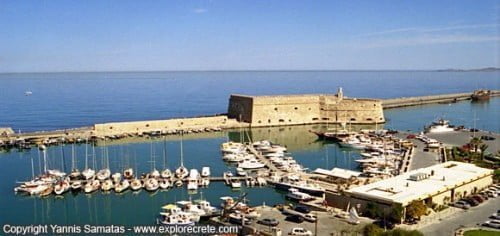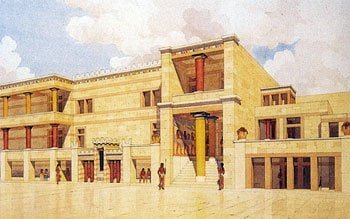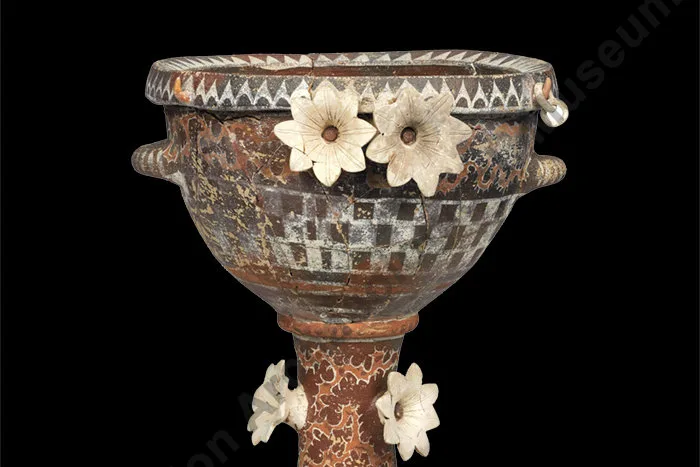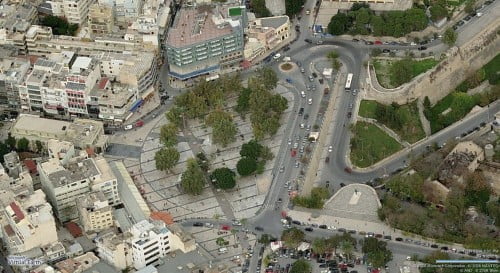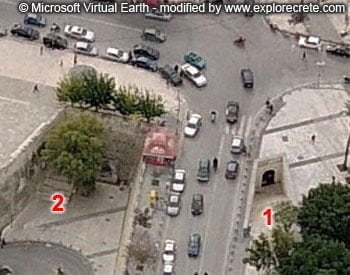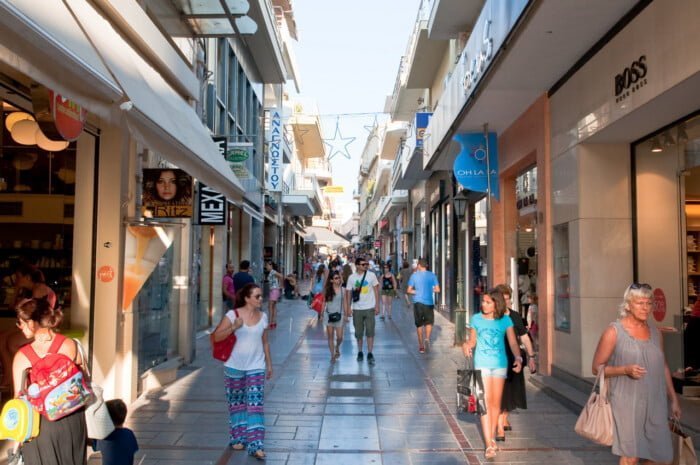Loggia in Heraklion
The Venetian Loggia in Heraklion
The Loggia is also in the centre of Heraklion, on 25th of August Street, a few yards downhill from the Basilica of St Mark and the Lions. The elegant building of the Loggia is one of the finest monuments of Venetian Crete.
The Loggia (noblemen’s club) now standing in Heraklion was constructed in 1626-28 by Francesco Morosini, the same man who built the Lions Fountain (Fontana Morosini) in Eleftheriou Venizelou Square. This is the fourth and final Loggia built during the period of Venetian rule. Very little information is available on the first three, so we do not really know what they looked like.
According to historical sources, the first Loggia of Heraklion was by the sea, exposed to winter storms and gales.
In 1325 the nobles of Chandax applied to Venice for a grant of land away from the sea to build a new Loggia. The application was approved and the second Loggia was built opposite today’s building.
The third Loggia was built in 1541 on the site occupied by the present building, but it was smaller.
The fourth and final Loggia was built in 1626-1628.
Venetian political and social customs demanded the construction of a public building in Heraklion, as a meeting-place for the nobles, rulers and feudal lords, where economic and commercial decisions were made. It was also a place for them to relax, something like an officers’ mess today.
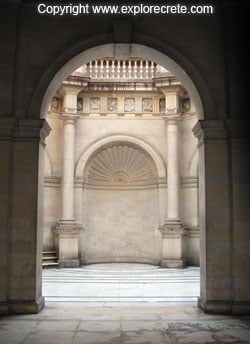 The Loggia was the centre of local administrative and social life. From its balconies the heralds proclaimed decrees of state, and the Duke watched the processional litanies and parades.
The Loggia was the centre of local administrative and social life. From its balconies the heralds proclaimed decrees of state, and the Duke watched the processional litanies and parades.
The Loggia was a rectangular two-storey building, with an open arcade on the ground floor. It is a masterly combination of two different architectural styles: the Doric style on the ground floor and the Ionic on the upper floor. The building is a faithful reproduction of Palladio’s famous Basilica in Vincenza, demonstrating the significance the Venetians attached to the city of Heraklion.
Morosini extended the Loggia with the addition of a second building on the east side, while behind it he built the Armeria, or armoury.
When the Turks conquered Crete, they used the Loggia to house the Treasury of Crete, as the Venetian system of government was foreign to their way of thought.
When Crete gained its independence in 1898, the Loggia was in a poor state and in danger of collapse. In 1905 it was made over, along with the Armeria, to the Municipality of Heraklion for use as a Town Hall. Restoration work began in 1915 according to plans by the Venetian engineer Ongaro, who was sent by the Italian government at the request of the Cretan State. Restoration work was interrupted by the Second World War in 1940, but continued after the war. Today the Loggia has been restored to its former glory and houses the Town Hall.
The Loggia is considered the finest Venetian monument on Crete, and in 1987 it was awarded that year’s first prize for the most successful restoration and use of a European monument, by the EUROPA NOSTRA international heritage foundation.
© explorecrete.com All Rights Reserved. Reproduction or copying without permission is prohibited.

